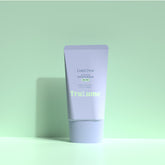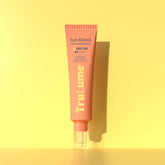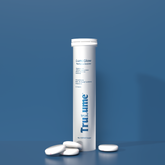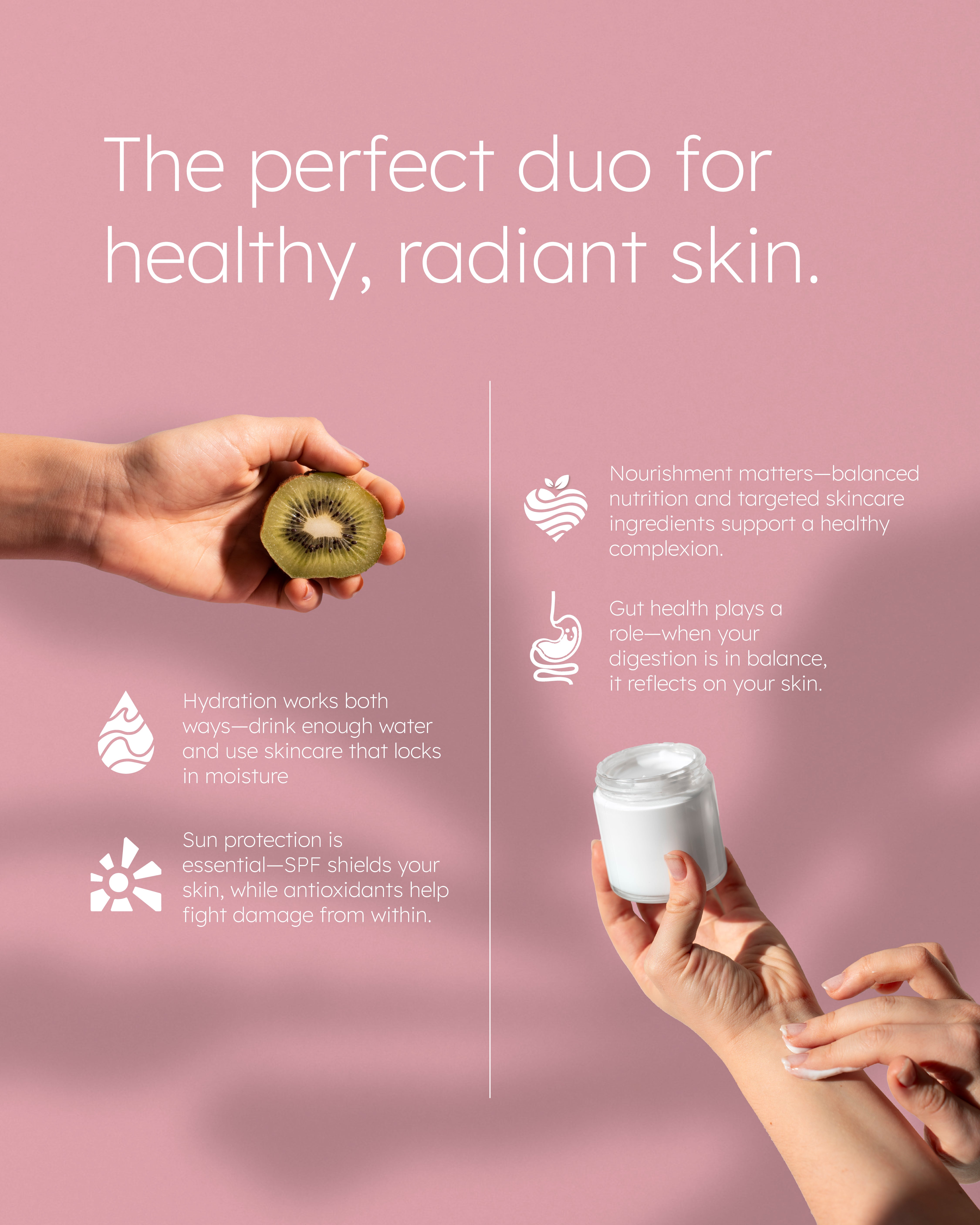Dry vs Dehydrated Skin: Know the Difference
During the summer, a proper skincare routine is very important. Due to hot weather, harsh sunrays, and temperature, your skin might get dull, dry, and dark. It is very obvious to get confused if this is actually a temporary change or if that is how your skin is.
If you also dwell in this dilemma and want to understand the real difference between dry and dehydrated skin, then you are at the right place. Let us understand more about skin dryness and dehydration differences.
What is a Dry Skin type?
Dry skin refers to low moisture levels and sebum production due to genetic reasons. From the beginning, one can observe these traits. Anyone who has dry skin has low sebum production, which helps in moisturizing the skin's outer layer. Dry skin won't come and go, but will always show you such symptoms on and off, and will be constant. It will increase due to weather changes.
Common signs of dry skin include:
- Rough and flaky texture
- Sometimes cracks, especially on sensitive areas such as the toe, the elbow, etc.
- Overall feeling of tightness
- Dullness
- Sensitivity
Dry skin shows early signs of aging due to the lack of oils. It also has less elasticity and overall glow. With the right skincare products and routine, one can easily manage dry skin - this is for sure. Using skincare products that contain ceramides, shea butter, etc, is helpful to maintain dry skin.
What is Dehydrated Skin?
Dehydration typically means that skin lacks water, not oil, and shows symptoms such as dullness, dryness, and fine lines due to dehydration.
These symptoms can be temporary and can be seen in any skin type. Many times, conditions such as hot or cold weather, excessive use of air conditioners, using harsh chemicals, and very low water intake lead to dehydrated skin.
One can do a pinch test and understand skin dehydration. When you pinch your skin, observe how soon it returns to normal. It quickly becomes normal that meals skin is well hydrated; if it is vice versa, then it's an indication of dehydration.
Dehydration can be observed in any skin type; even normal and oily skin can show signs of dehydration.
How To Manage Dry Skin:
Dry skin can be managed well with proper cleansing, moisturising, and protecting with the right products to avoid further damage and dryness.
Make sure you use gentle, chemical-free cleansers in your routine. Make use of a moisturizer a couple of times a day. Our Lumi Dew moisturizer is a lightweight moisturizer containing hyaluronic acid, niacinamides, and matcha extract, which can give a smooth and supple skin.
Products that have shea butter, hyaluronic acid, etc, are beneficial. Use these regularly on your face as well as your hands and legs, too. Also, regular exfoliation is important for dry skin. This helps in removing dead skin cells and opening up the pores.
Manage Dehydrated Skin:
Dehydration can be observed and sensed when skin texture changes suddenly. The first way to manage dehydration is to consume enough water every day. Also, use hydrating serums when you observe you are experiencing dehydrated skin. Avoid the use of harsh chemicals and over-cleansing, as this can lead to dehydration and skin irritation.
One can have both dry skin and dehydrated skin. Anyone with dry skin can face dehydration issues frequently. You need to understand what the trigger for dehydration is and correct it as we discussed.
At the end, you need to listen to your skin and provide the care it needs. What are your thoughts on managing skin dehydration? Write your comments here.












